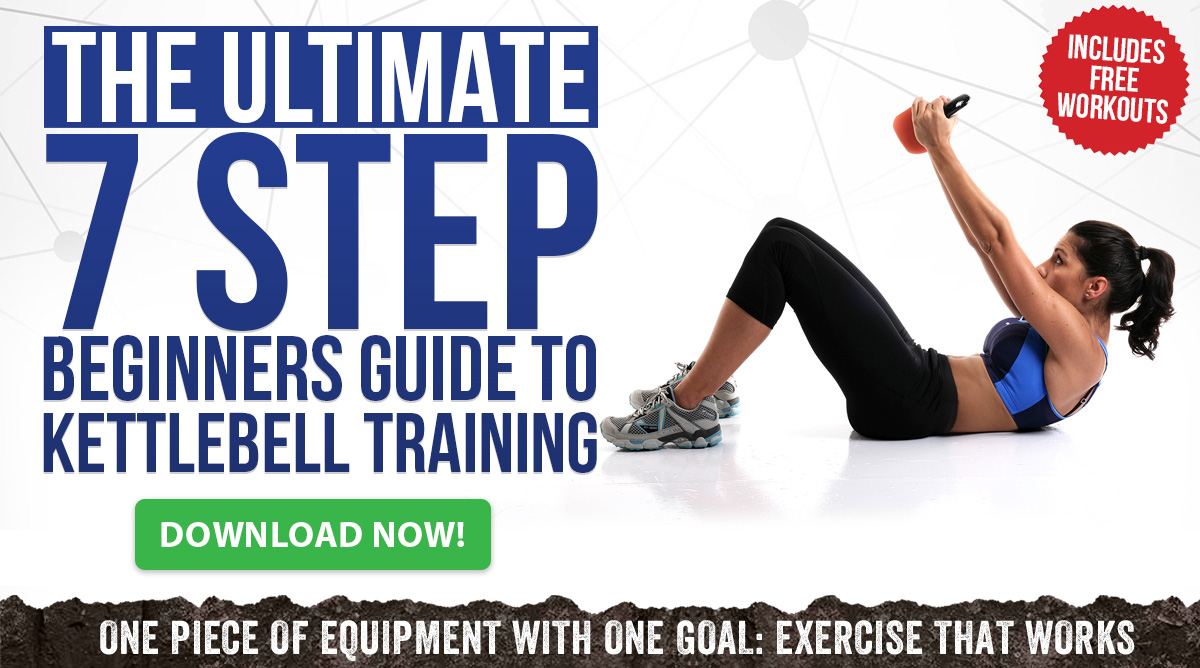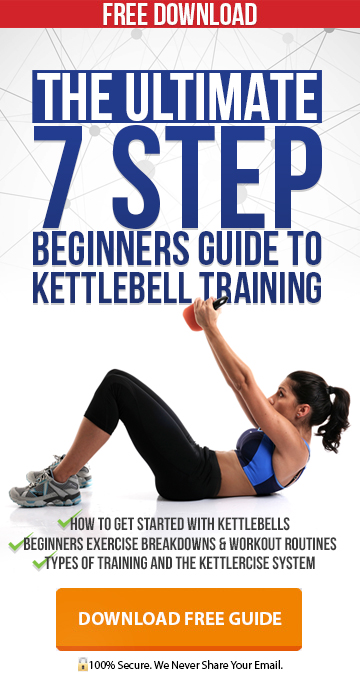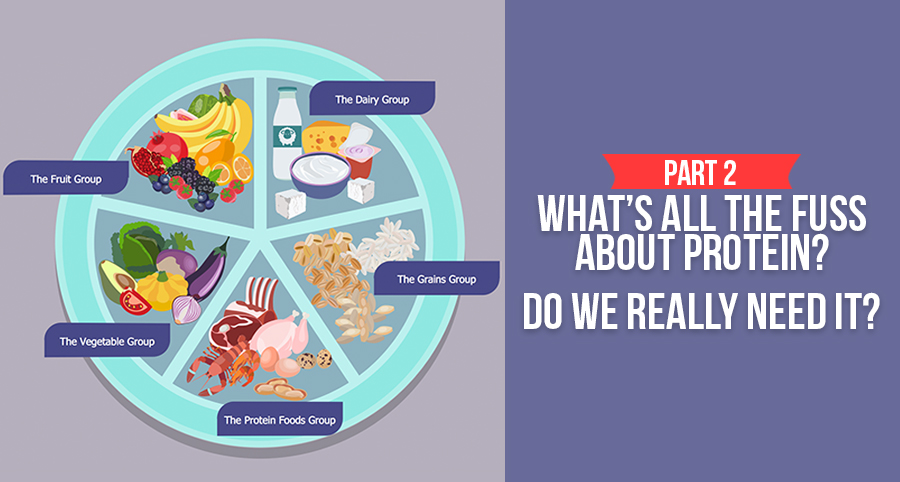
In part one of the article we looked at why the ‘high protein low carb’ diet is currently considered the number one approach to fat loss AND how much is really enough?
If you didn’t read it, Go and have a look at Part 1 first: What’s all the fuss about
Protein and do we really need it? before you continue, otherwise what we are about to talk about might not make any sense.
Let’s just have a quick recap............we looked at protein from these angles:
What is it?
What do we use it for?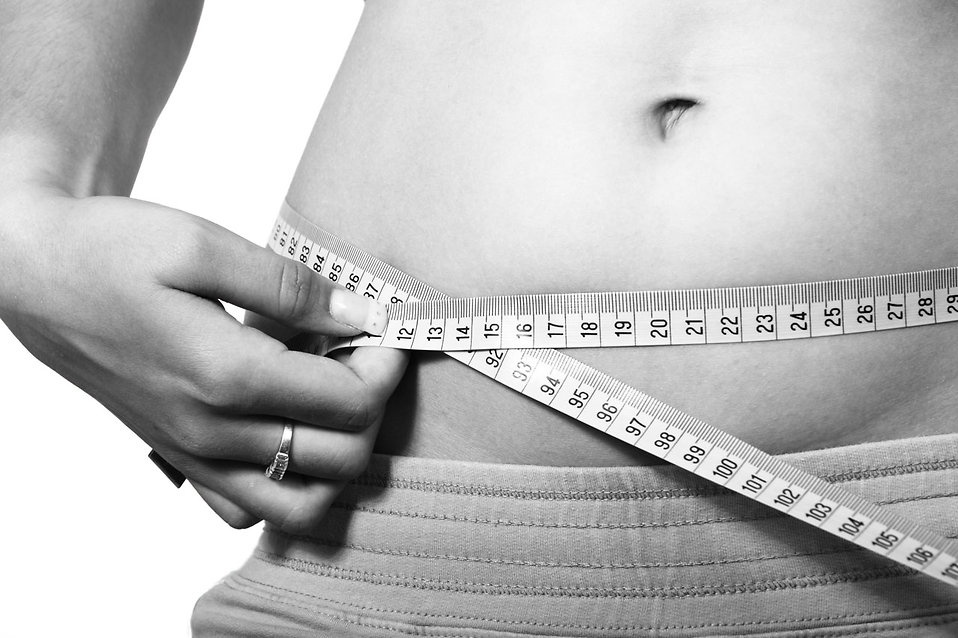
How do we use it?
Where do we get it from?
Why does it work for fat loss?
How much do we really need?
Hopefully I didn’t turn it into a science lecture for anyone.
Now we are going to look at ‘when is the best time to take it on board’ and ‘does it really make that much difference’.
There are several schools of thought with regards to maximising the benefits of protein intake to get the full impact for body transformation.
The first one is more often than not centred around the workout itself and is often referred to as ‘the window of opportunity’ usually being that time period straight after training to get the most out of protein intake to aid recovery and repair.
The general rule is that you have a two hour time span after training whilst the muscles are still hot and blood flow is elevated to drive the protein direct to the affected area so the ‘construction crew’ can use it to start the repair process, the quicker it repairs the quicker the body changes.
Simple right?
It is dependent on a couple of things, the sooner you take it in the sooner it gets to work and the easier the food (protein source) is for the body to digest the speedier the repair begin which is the reason why protein drinks have become so popular.
They are normally easier for the body to digest and convert so it can get to work immediately.
Not many people want to sit down straight after a hard workout with steak, eggs and a salad and then wait for the body to digest it.
The second school of thought is more dependent on what you take in prior to training, during training and post-training.
For example: 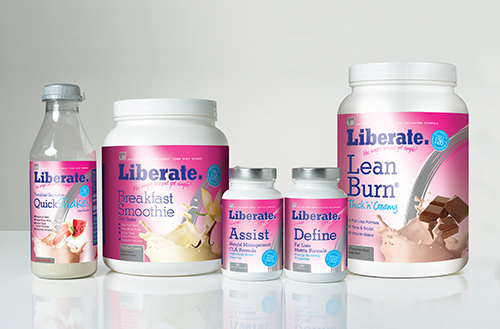
- Pre-workout meal OR a supplement
- Intra-workout (during workout) supplements
- Post workout meal OR a supplement
In my experience this does work extremely well as protein is already in the system waiting for the earthquake to happen.
Here’s the downside.
It can be expensive and you have to be pretty organised to do it!
Pre-Workout: Training whilst the stomach is full (or even partly full) is NOT recommended. It certainly wouldn’t be for me, I’d be running to the bathroom. Real food or even a protein drink 2 to 3 hrs before is probably my limit.
You can buy various amino drinks that are fine, and I do use those with clients.
Intra-Workout (during training) it can be slightly tricky trying to eat chicken whilst swinging a kettlebell, and might not work out that well.... same as a protein shake. You would need to use an amino drink instead, as it is easier for the body to digest.
Post-Workout if you’ve done the other two and you feel up to it, real food is ok but if not use a protein drink. I would still advise keeping it in the 2 hour window of opportunity. Sooner the better, really.
Should you want to put this into action, let me give you #4 Quick Implementation Tips (especially if money is a concern).
#1. If you’re training first thing in the morning on an empty stomach, it is in my opinion mission critical that you put something into the system; perhaps a protein shake after training... I’m talking immediately here. Literally as soon as you have finished your cooldown, you should be reaching for the shaker. If you can afford it use an amino drink during exercise.
#2. If you’re training at any other time of day make sure your last meal before you train has an adequate protein source such as chicken, turkey, cottage cheese or a shake etc. Make sure you eat/have a shake as close to the workout as possible.
#3. The older I get the more important meal timings and protein intake becomes. If you are 35 years or older you should give this even more serious consideration.
#4. If you truly are seeking physical change (at any age) and your diet is good - protein can be the missing link. It can go from doing just OK to BOOM! when combined with the right exercise protocol.
Having said all that, if you can't get round to any of them and you only take one thing from reading this (TL;DR), Make sure your overall protein intake throughout the day is optimum and take a shake between meals to make sure you meet the protein demand and changes will come.

